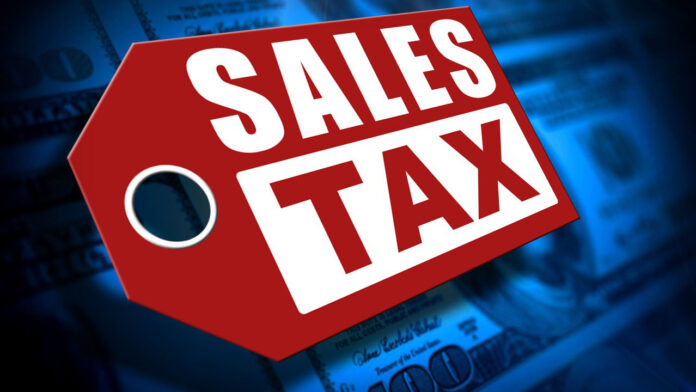The economic malaise that has accompanied COVID-19 lockdowns, shutdowns and social distancing eased a bit in August as many Valley cities posted sharp year-over-year gains in sales tax revenue.
Texas Comptroller Glenn Hegar announced Wednesday that cities, counties, transit systems and special purpose taxing districts will receive $751.5 million in local sales tax allocations, 2.8 percent less than a year ago.
This week Hegar said retail sales were one of the strongest sectors of the Texas economy and that appears to have lifted sales tax revenues for the month.
In Cameron County, San Benito led the way, up 13.82 percent compared to last August. La Feria came in at 13.81 percent and Harlingen was up 5.89 percent.
South Padre Island was down 33.23 percent for the month, Brownsville was off 6.55 percent, Port Isabel was down 4.77 percent and Rio Hondo down 1.69 percent.
In Willacy County, Raymondville was down 7.05 percent for the month while Lyford was up 2.08 percent.
Hidalgo County cities were up and down for the month, many by big margins.
Gainers were Pharr, up 16.46 percent, Weslaco at 8.99 percent, Mission up 7.73 percent and Edinburg up 2.53 percent.
Mercedes was off 28.58 percent from last August and McAllen was down 4.59 percent.
The effects of the COVID-related economic slowdown were evident in some sources of revenue in September 2020.
The hotel occupancy tax was just $34 million, down 36.9 percent year-over-year.
Alcoholic beverage taxes were $78 million, down 33.7 percent.
“Pandemic-induced changes in consumer shopping behavior also were apparent in generally increased receipts from big box retailers and declines from department stores, apparel stores and other mall and strip center specialty retailers,” Hegar said.
“Receipts from restaurants also remain significantly below pre-pandemic levels.”
Motor vehicle sales and rental taxes collected amounted to $454 million, up 4.3 percent from a year ago.
Motor fuel taxes were $294 million, down 9.7 percent from last year.
The oil production tax was just $227 million, down 31.9 percent from a year ago, and the natural gas production tax was $71 million, down 28.1 percent.




